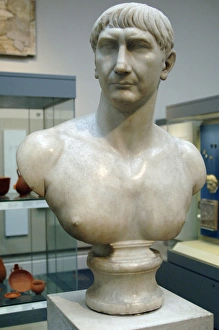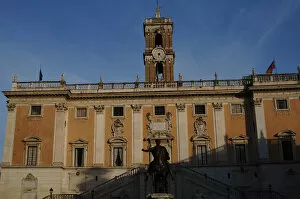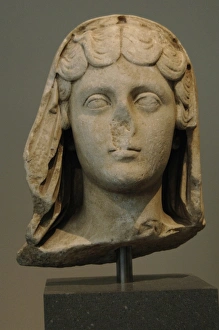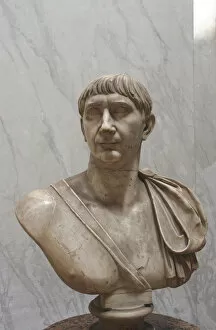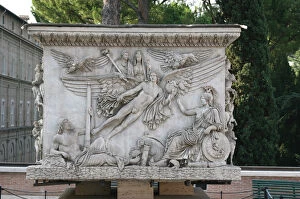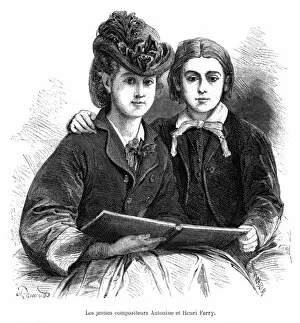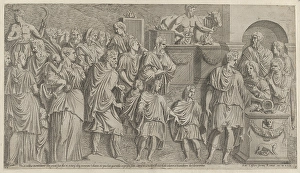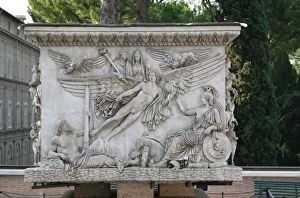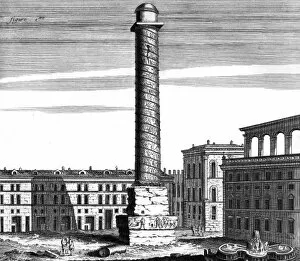Antonine Collection (page 2)
"Discovering Antonine: A Glimpse into the Roman Empire's Golden Age" Step back in time and immerse yourself in the captivating world of Antonine
All Professionally Made to Order for Quick Shipping
"Discovering Antonine: A Glimpse into the Roman Empire's Golden Age" Step back in time and immerse yourself in the captivating world of Antonine, a period that witnessed remarkable achievements and cultural splendor. Marvel at the exquisite bust of Marcus Aurelius, an esteemed Roman emperor whose reign left an indelible mark on history. Behold the majestic Athena Giustiniani, a Roman copy of a Greek statue depicting Pall, symbolizing wisdom and strategic warfare. Admire its intricate details that showcase the mastery of ancient sculptors. Intriguingly headless yet still commanding attention is another statue from Olympia, Greece - a testament to Marcus Aurelius' enduring legacy. Explore his equestrian statue which captures his authority and leadership as he guided Rome through turbulent times. Not far away stands Trajan's marble bust, representing another influential figure who shaped the empire with his military conquests and architectural marvels. Let your imagination run wild as you envision him ruling over vast territories during this prosperous era. Delve deeper into Antonine's rich heritage by examining 200 antonine coins predominantly featuring Gallienus. These artifacts offer insights into trade networks and economic prosperity during this vibrant epoch. Marvel at iconic landmarks such as Ponte Sant Angelo and Castel Sant Angelo in Rome – witnesses to countless historical events spanning centuries. Picture yourself strolling along these ancient structures that have stood steadfast throughout time. Gaze upon The Column of Marcus Aurelius, adorned with intricate reliefs narrating tales of triumphs and victories achieved under his rule. Feel inspired by this towering monument dedicated to one of Rome's greatest emperors. Lastly, admire a silver handle from a grand dish crafted between the 2nd-early 3rd century AD – an exquisite example showcasing fine craftsmanship using precious metals like silver and gold. Antonine encapsulates an era where art flourished alongside political stability; where emperors left an indelible mark on history.

